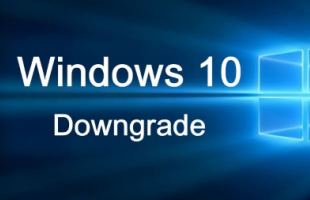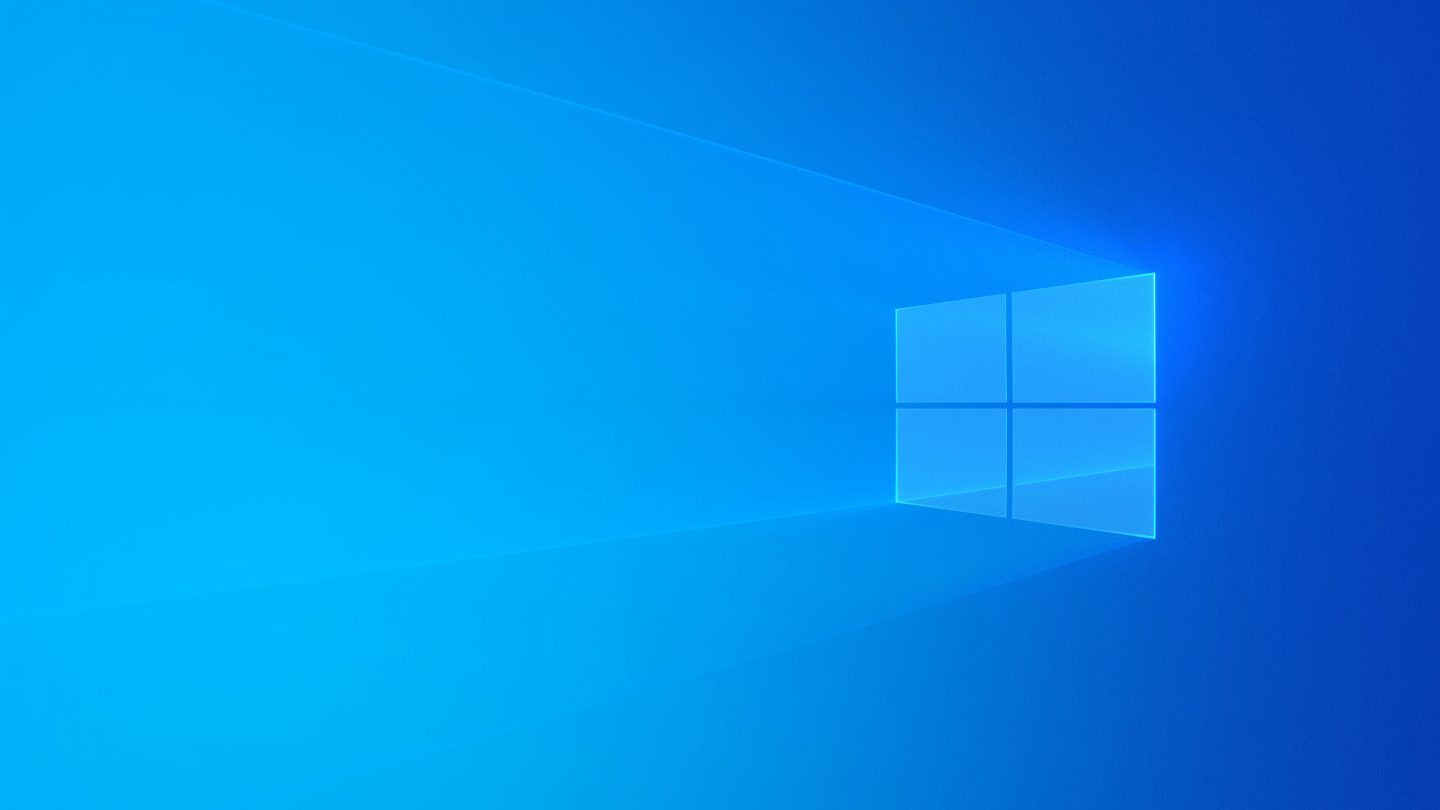A free upgrade to the newest stable release of Windows 10 was good news to every Windows users especially those who are qualified for a free upgrade within one (1) year from its release. And indeed, millions of Windows users reserved their free upgrade slot, and on its release date, performed the upgrade.
Welcome to Windows 10.

Unfortunately, not everyone who upgraded their legitimate version of Windows OS had a happy ending. In fact, several hundreds of thousands of those who upgraded in the first month of its release ended up in various troubles. Here are some of the reported problems of those who upgraded to Windows 10:
- Windows no longer boots after the upgrade, computer because non-usable
- The computer entered into a perpetual reboot cycle
- The system no longer boots in normal mode, only in Safe Mode
- Windows 10 loads just fine, but mouse and keyboard are non-responsive
- Printer previously installed is no longer listed. If it is listed, it will not print
- Other programs are no longer working. Opening them just does nothing
- Wifi is gone. Now the system does not recognize the wireless network in range
- Password for a local account is not accepted even if it is the correct password
- Windows 10 will freeze each time the computer is turned on. It needs to be turned off by unplugging it from the power source (for PC) or removing the battery (for laptops)
- Opening any of MS Office programs like Excel, Word or PowerPoint always triggers the “Setup” or “Configuration” dialog box as if it is installing or repairing the installation.
- MS Outlook 2007, 2010 or 2013 can receive emails just fine but cannot send any emails
The scenarios listed above are just some of the reported problems after people upgraded to Windows 10. And if you are one of them, you can identify with those scenarios or yours can be different. Eitherway, you might feel the need to just fix the problem that arose after the upgrade, or completely uninstall or roll back to your previous version of Windows. The procedures that follow show how you can roll back to your old version of Windows.
How to Uninstall Windows 10 and Roll Back to Windows 7 or 8/8.1
These procedures will only work, if you have upgraded within the last month or a month ago. That is, Windows 10 has a built-in command feature that allows you to easily uninstall Windows 10 and reload your previous version of Windows, be it a Windows 7, 8 or 8.1.
Also, these procedures require you to be still able to access your Windows 10 computer with Administrator privilege despite the annoying problems that you might be encountering which pushed you to decide to uninstall Windows 10. This means that, if you are no longer able to boot your computer to Windows 10, or you are no longer able to login to your Windows account, this process will unfortunately NOT work for you.
Here are the steps:
- Click on the Start menu.
- Locate and then select Settings.
- Click the “Update & Security” icon
- Then select “Recovery”.
- You should see a “Go back to Windows 7” or “Go back to Windows 8.1” option.
- Finally, click the Get Started button to start the removal of your Windows 10 installation and restore your previous Windows system.
- The process will then prompt you why you want to go back. You can bypass that prompt and continue with the uninstall process to revert back to your previous version of Windows.
If you have problems concerning the process described above, let me know in the comment section below.
